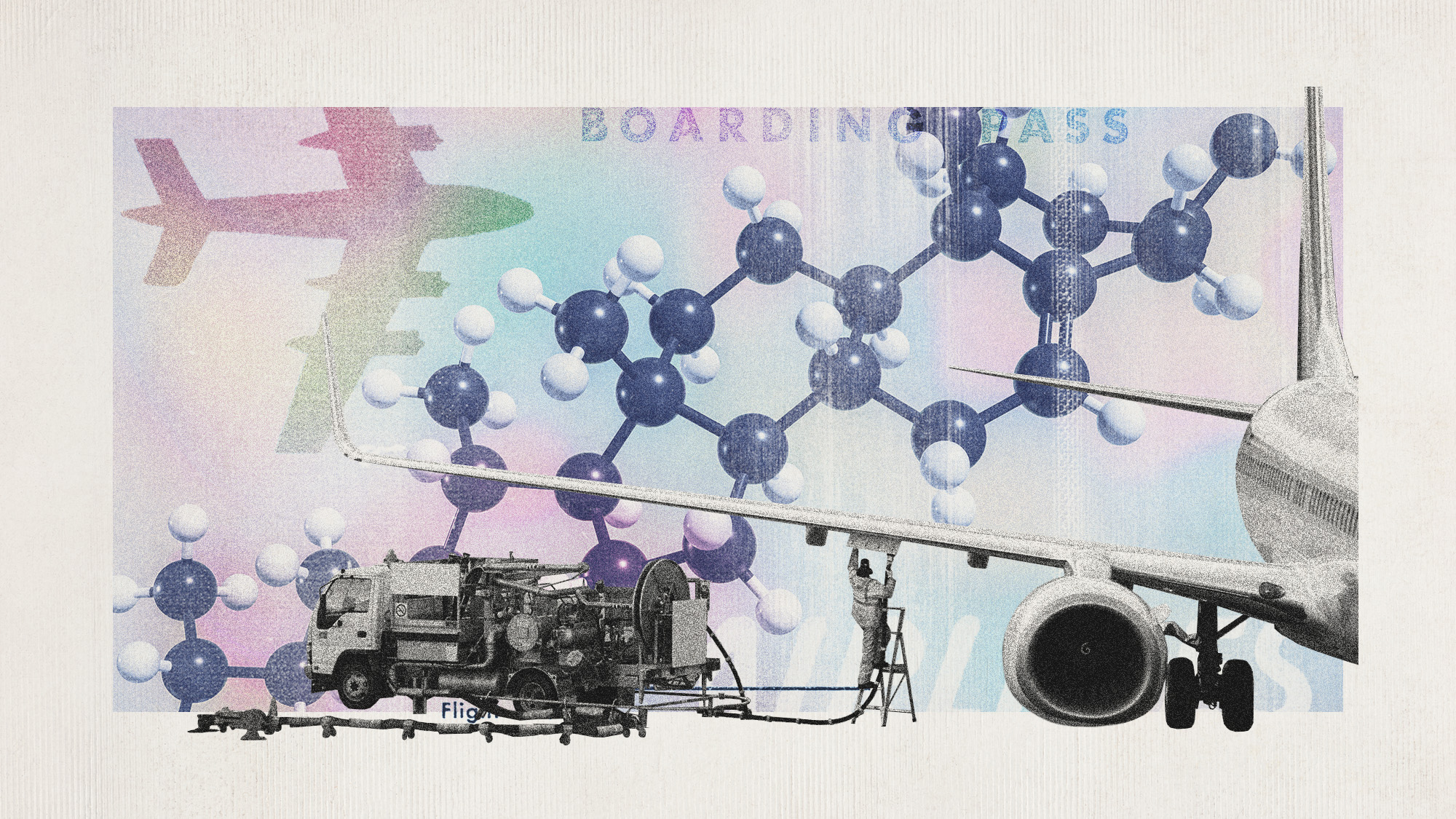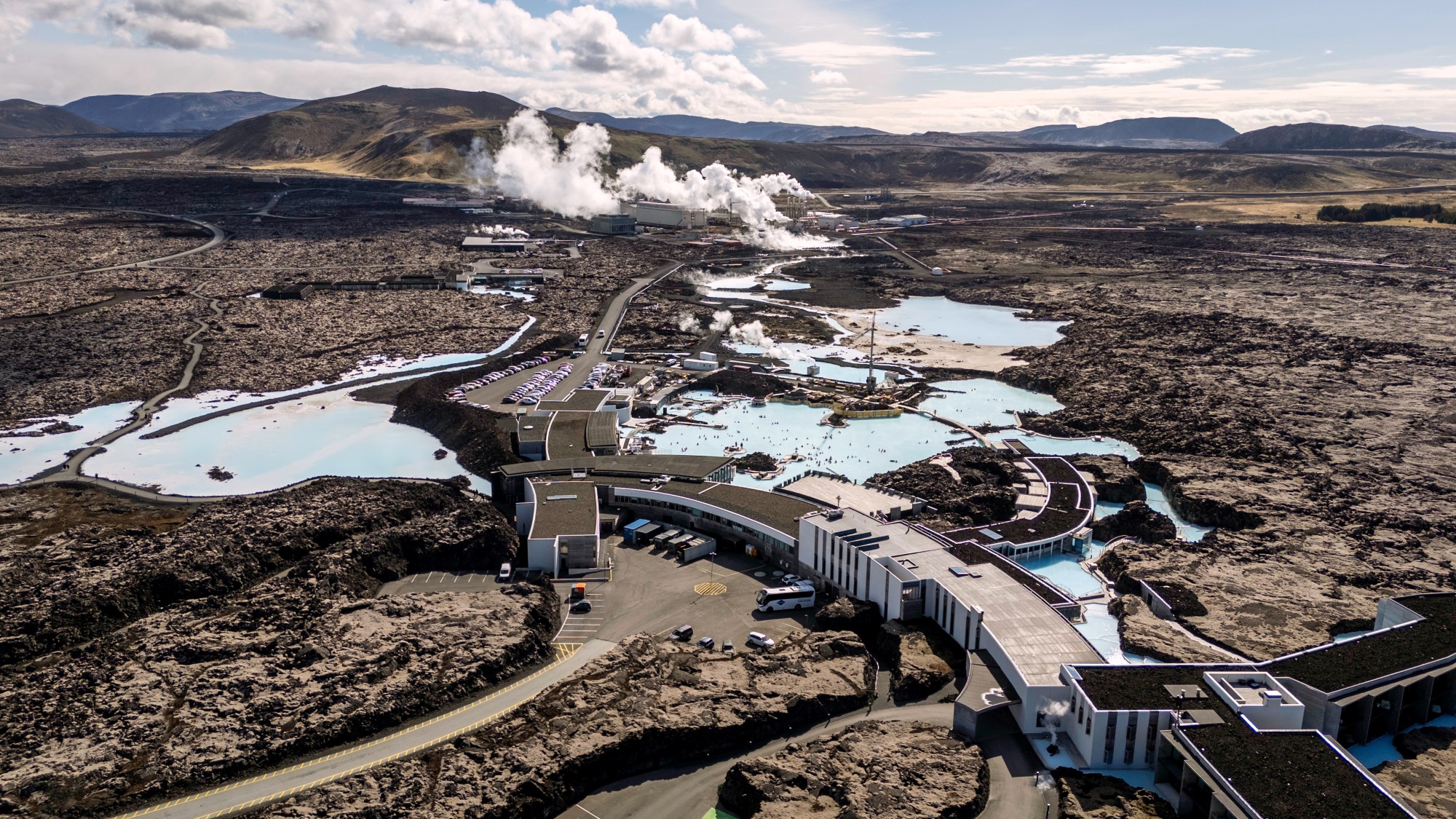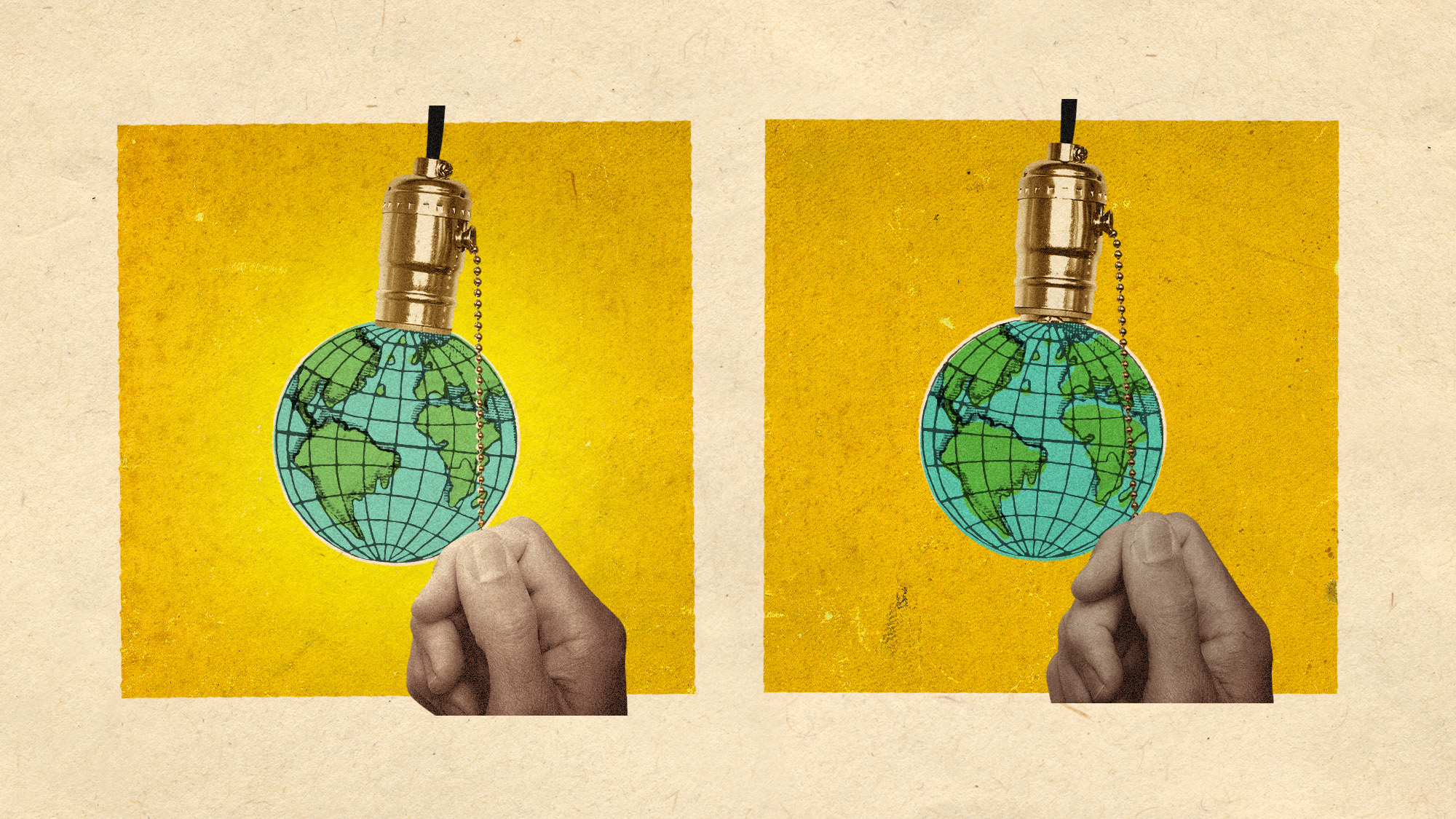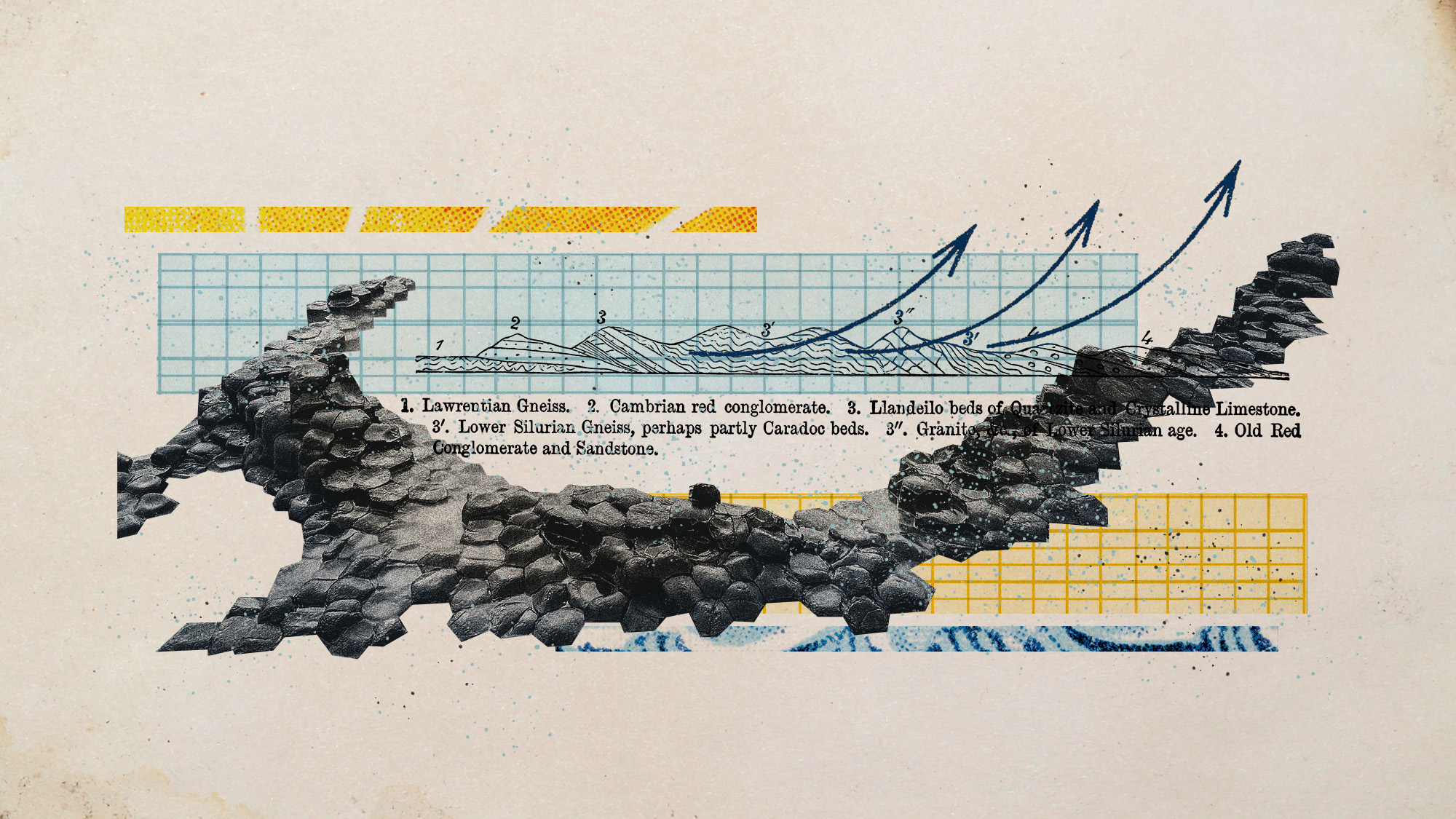Airlines ramp up the hunt for sustainable aviation fuel
Several large airlines have announced sustainability goals for the coming decades


A Boeing 747 reportedly burns a staggering 3,800 gallons of fuel per hour, or about one gallon every second. So it is no surprise the aviation industry is looking for ways to make air travel more eco-friendly. But the transition away from traditional jet fuel toward more sustainable options, while being a constant goal of airlines, is easier said than done.
Various airlines are looking for ways to use these clean energy fuels — commonly called sustainable aviation fuel (SAF) — on a widespread basis. Governments as well as individual airlines have set environmental goals for SAF usage in the coming decade. While progress is being made, making SAF ubiquitous in aviation remains a lofty goal.
What is sustainable aviation fuel made from?
They are generally "made from non-petroleum feedstocks that reduce emissions from air transportation," said the U.S. Department of Energy. There are several sources of SAF, but most are made "from non-petroleum-based renewable feedstocks" such as the "food and yard waste portion of municipal solid waste, woody biomass, fats/greases/oils and other feedstocks."
The Week
Escape your echo chamber. Get the facts behind the news, plus analysis from multiple perspectives.

Sign up for The Week's Free Newsletters
From our morning news briefing to a weekly Good News Newsletter, get the best of The Week delivered directly to your inbox.
From our morning news briefing to a weekly Good News Newsletter, get the best of The Week delivered directly to your inbox.
Several large brands manufacture SAF, and it is a larger market than most people may realize. Neste, one of the world's largest SAF producers, sold nearly 116,000 tons of SAF in the first half of 2024, according to financial records.
Why is sustainable aviation fuel hard to come by?
Creating SAF "requires making hydrocarbons that mirror those used in traditional jet fuel," and the "processes required — electrolysis, gasification and the series of chemical reactions known as Fischer-Tropsch synthesis — are energy intensive," said Heatmap News. This means that finding a way to produce SAF while also "scaling to meet demand is a challenging and expensive task."
Beyond the process itself, SAF supply is limited by the "amount of cooking oil or fats restaurants and food processing facilities generate," said Heatmap. Current SAF supply is expected to only meet 10% of demand by 2050, according to a 2022 report. The "lag is happening because we just don't have the fuel today," and "whatever fuel shows up, it just flies off the shelves," Aamir Shams, a senior associate at energy think tank RMI, said to Heatmap.
How can sustainable aviation fuel usage be increased?
Several airlines and governments are working to increase SAF production and meet usage goals. Air Canada has "signed an agreement with Finland-based sustainable fuel producer Neste to purchase 20.5 million gallons" of SAF, said The Cool Down. This comes on the heels of the airline announcing sustainability goals in 2021, including a "commitment to achieve net-zero planet-warming gas pollution by 2050 and a pledge of $50 million in SAF."
A free daily email with the biggest news stories of the day – and the best features from TheWeek.com
Delta Air Lines is also a large player at an sustainable aviation fuel hub in Minnesota that "aims to make SAF cost competitive through a demand consortium that includes Deloitte, Bank of America, Ecolab and Delta," said Sustainability magazine. Aircraft manufacturer Airbus additionally "announced it will join the Minnesota SAF Hub and demand consortium with a multi-year commitment to purchase SAF." Other airlines committing to higher percentages of SAF usage include American Airlines, United Airlines, British Airways, KLM and Alaska Airlines.
The Department of Energy is also working to improve SAF usage through its own set of goals. This includes benchmarks to hit by certain years, including a "50% reduction in life cycle greenhouse gas emissions compared to conventional fuel" and the production of "3 billion gallons per year of domestic SAF by 2030," said the agency. The Department of Energy aims to produce "35 billion gallons of SAF to satisfy 100% of domestic demand by 2050."
Justin Klawans has worked as a staff writer at The Week since 2022. He began his career covering local news before joining Newsweek as a breaking news reporter, where he wrote about politics, national and global affairs, business, crime, sports, film, television and other news. Justin has also freelanced for outlets including Collider and United Press International.
-
 Crest falling: Mount Rainier and 4 other mountains are losing height
Crest falling: Mount Rainier and 4 other mountains are losing heightUnder the radar Its peak elevation is approximately 20 feet lower than it once was
-
 Pros and cons of geothermal energy
Pros and cons of geothermal energyPros and Cons Renewable source is environmentally friendly but it is location-specific
-
 How will climate change affect the UK?
How will climate change affect the UK?The Explainer Met Office projections show the UK getting substantially warmer and wetter – with more extreme weather events
-
 The Southern Ocean is holding in a ‘burp’
The Southern Ocean is holding in a ‘burp’Under the radar The heat from the past can affect the future
-
 Builders return to the stone age
Builders return to the stone ageUnder the Radar With brick building becoming ‘increasingly unsustainable’, could a reversion to stone be the future?
-
 Megabatteries are powering up clean energy
Megabatteries are powering up clean energyUnder the radar They can store and release excess energy
-
 The Earth is getting darker
The Earth is getting darkerUnder the radar The planet’s reflectivity is out of whack
-
 Scientists want to use enhanced rock weathering to cool the Earth
Scientists want to use enhanced rock weathering to cool the EarthUnder the radar Rock dust could trap atmospheric carbon



